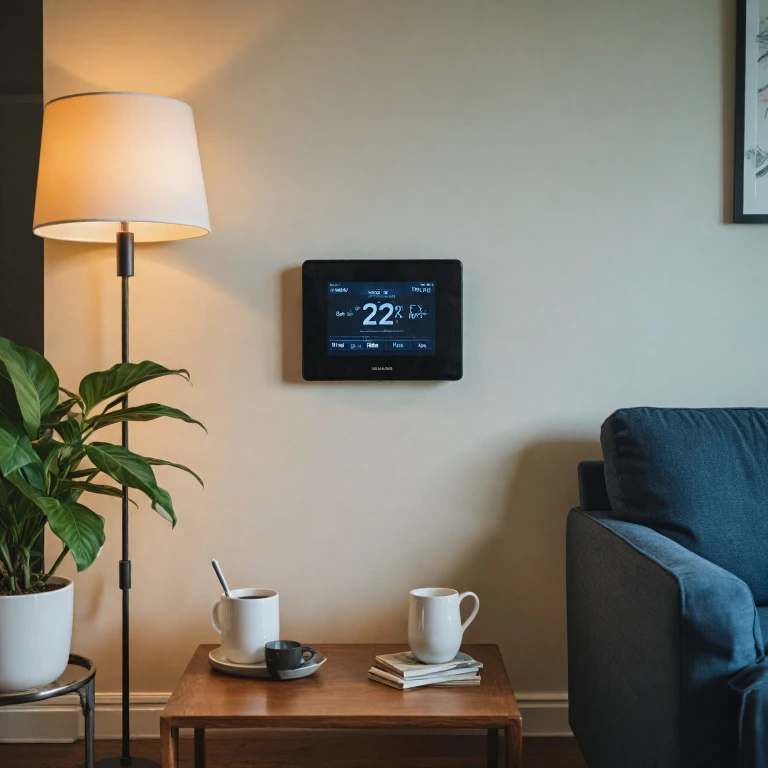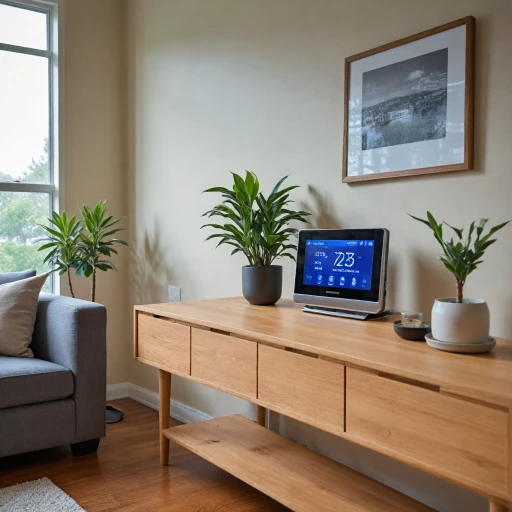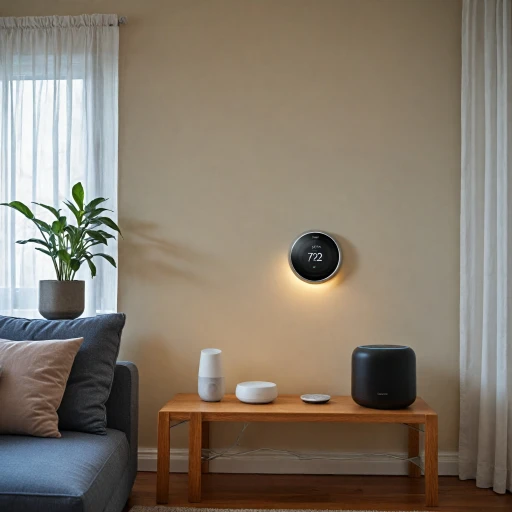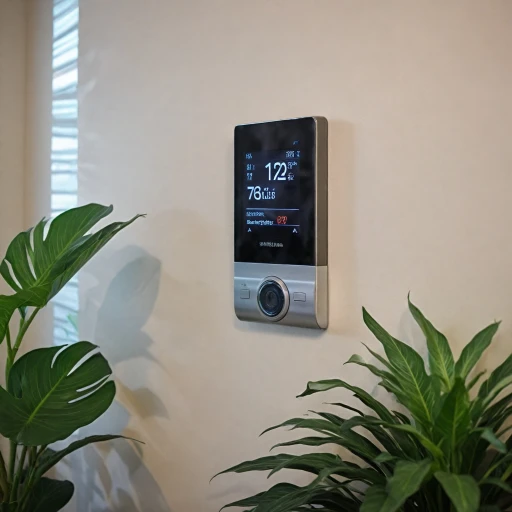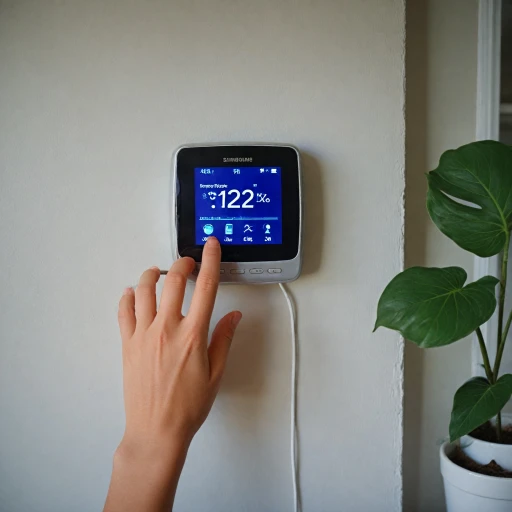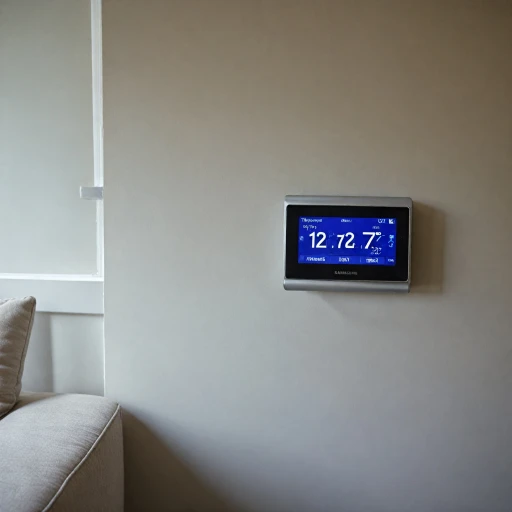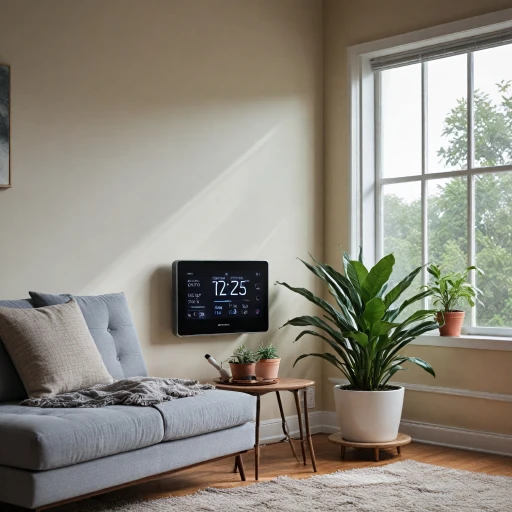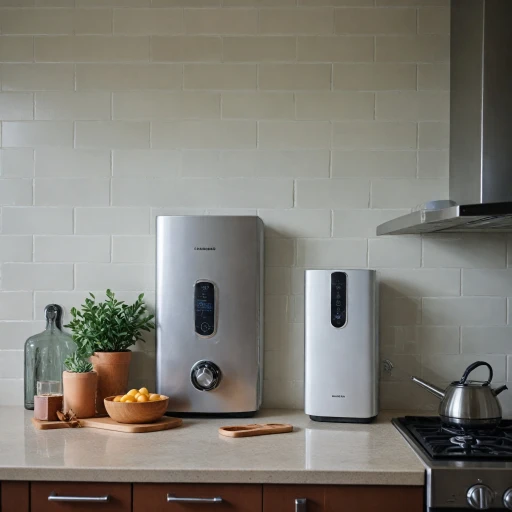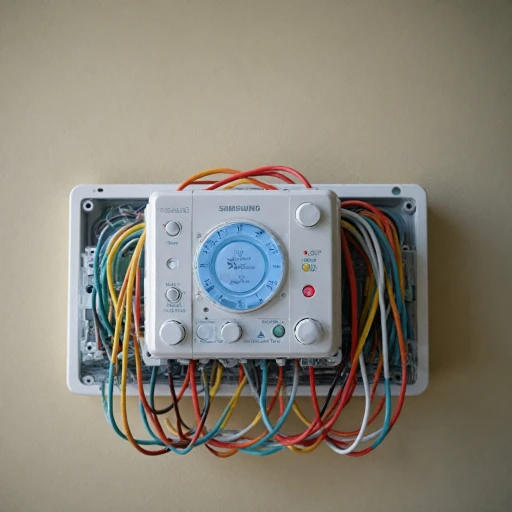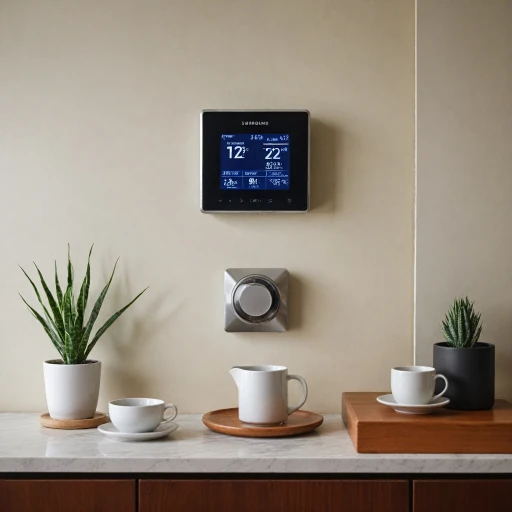
Understanding WiFi Thermostats Without an AC Wire
Exploring Smart Thermostats that Bypass the AC Wire
Smart thermostats, like the Nest thermostat and ecobee smart options, are increasingly popular for their energy efficiency and ease of control. Yet, in many cases, an essential component for these systems is the common wire (or C-wire), which supplies continuous power to maintain connectivity and operation. However, not every home is equipped with this vital wire, leading consumers to seek WiFi thermostats that can function without it. Unlike traditional systems, these innovative products, including certain models of the Sensi Touch smart thermostats and Nest Learning models, have designed solutions to this challenge. These systems might use alternative means to source power. The HVAC system's existing wiring configuration can sometimes support a WiFi thermostat, functioning seamlessly without the need for an additional common wire. In scenarios where a thermostat without a wire is your choice, wire adapters can be a practical solution, bridging the gap for systems lacking the standard HVAC accommodations. Programming and electrical demands of cutting-edge thermostats can appear daunting, but accessible interfaces, often backed by robust apps and options such as Alexa or Google Assistant integration, ensure control is both intuitive and user-friendly. Smart thermostats without a C-wire take advantage of technological advancements to deliver excellent performance without compromise. For more insights into configuring a system with limited wiring capabilities, visit this guide on using a Nest Learning thermostat with four wires.Installation Challenges and Solutions
Overcoming Installation Challenges with WiFi Thermostats
Installing a WiFi thermostat without an AC wire can seem like a daunting task, but with some clever solutions, it can become an easy process. Many modern smart thermostats, like the Nest thermostat, Sensi Touch, and Ecobee Smart, are designed to be user-friendly even when faced with the absence of a common wire. Here, we explore viable installation options and tips to facilitate a smooth setup. One of the primary challenges when dealing with WiFi thermostats in homes without a common wire is providing continuous power to the thermostat. Unlike traditional thermostats, smart thermostats require a constant power source to maintain connectivity and function efficiently. This is crucial for their smart features, like being programmable and for integration with home assistants such as Alexa and Google Assistant. To address this, many manufacturers now offer a wire adapter or power connector, which can conveniently be used to provide the necessary power without running a new wire through your walls. These adapters connect directly to your HVAC system to substitute for the missing wire, ensuring your product stays operational. For those who feel comfortable with more hands-on solutions, here’s a simplified workaround:- Use Existing Unused Wires: Check if your thermostat wire bundle includes any unused wires. If present, these can often be repurposed to function as a power source.
- Add-On Transformer: In cases where additional wiring is not possible, using a plug-in transformer is a great alternative. This device can supply power from a standard outlet, making it a flexible option for many homes.
Energy Efficiency and Cost Savings
Save Energy, Save Money
The drive for energy efficiency and cost savings has made smart thermostats a popular choice among homeowners. Without a common wire, some might worry about potential limitations. However, many products, like the Sensi Touch or Google Nest, are designed to work efficiently without compromising on savings.
Smart thermostats, including the ecobee smart and Nest Learning Thermostat, are renowned for their ability to reduce energy consumption by learning your habits and preferences. The learning thermostat feature allows them to adjust settings automatically, which can lead to significant energy reductions over time. Furthermore, these thermostats integrate seamlessly with your HVAC system to ensure optimal performance.
Control is a major factor in achieving energy efficiency. The compatibility with systems like Google Assistant or Alexa means you can adjust settings remotely with ease. Whether you are using a wifi thermostat or a programmable thermostat, the ability to fine-tune conditions in your home via a smartphone app makes it incredibly easy to optimize energy usage.
Several great options in the market are designed to function without a wire adapter, ensuring that the absence of an AC wire doesn't impede the thermostat's ability to help save energy. For those interested in learning more about how wiring impacts thermostat functionality, consider consulting a comprehensive guide on thermostat wiring diagrams.
Beyond the technical savings, it’s also about empowering you to make informed decisions about your energy use. With smart features and the ability to integrate with your home's lite smart devices, the savings on your utility bills and reduced energy consumption make smart thermostats a worthwhile investment.
Compatibility with Home Systems
Ensuring Seamless Compatibility with Home Systems
Choosing a smart thermostat like the Nest or Ecobee for your home is a great way to embrace energy efficiency. However, ensuring that it's compatible with your HVAC system is crucial for it to function properly. Understanding this aspect can save you from unnecessary headaches. The smart thermostats you consider should be compatible with the existing HVAC system in your home. While most modern systems support smart thermostats, older systems might pose challenges. Certain thermostats require a common wire, known as the C-wire, for continuous power. In instances where a common wire isn't available, some models offer adapters to manage power effectively. The Sensi Touch and Nest thermostats provide such solutions, making them viable options even in homes without a necessary wire. Smart thermostats often work with various voice-activated assistants, including Alexa and Google Assistant, adding convenience by integrating smart features into your daily routines. A programmable thermostat can be a sensible choice for users who prefer pre-setting temperature changes throughout the day, reducing the need for manual adjustments. Additionally, if your HVAC system has specific needs, such as multiple heating stages or advanced heat pumps, checking the detailed product specifications can help ensure the chosen thermostat is the right match. This careful consideration enhances your smart system's performance and maximizes the use of features like energy tracking and remote control via an app. Ultimately, selecting a thermostat compatible with your home system, like Nest or Ecobee Smart, ensures that you reap the maximum benefits of smart technology while enjoying a seamless and efficient experience.User Experience and Smart Features
Enhancing User Experience with Smart Features
When it comes to smart thermostats, user experience is a critical factor that can significantly influence your satisfaction with the product. These devices are designed to offer convenience and control, making your home environment more comfortable and energy-efficient.
Intuitive Control and Integration
Smart thermostats, like the Nest thermostat and Sensi Touch, provide intuitive control through their user-friendly interfaces. Many models come with touch screens that make it easy to adjust settings. Additionally, these thermostats often integrate seamlessly with smart home systems, allowing you to control them using voice commands through Alexa or Google Assistant. This integration means you can adjust your home's temperature without lifting a finger, enhancing the overall ease of use.
Programmable and Learning Capabilities
One of the standout features of smart thermostats is their programmable nature. Devices like the Nest Learning thermostat and Ecobee Smart can learn your schedule and preferences over time, automatically adjusting the temperature to suit your needs. This learning capability not only provides comfort but also contributes to energy savings by optimizing heating and cooling cycles.
App-Based Control and Monitoring
Most smart thermostats come with companion apps that allow you to control your HVAC system remotely. Whether you're at work or on vacation, you can adjust your home's temperature with ease. These apps also provide valuable insights into your energy usage, helping you make informed decisions to reduce costs. The ability to monitor and control your thermostat from anywhere adds a layer of convenience that traditional thermostats simply can't match.
Responsive and Reliable Performance
Smart thermostats are designed to be responsive and reliable, ensuring that your home remains comfortable at all times. With features like geofencing, your thermostat can detect when you're approaching home and adjust the temperature accordingly. This responsiveness ensures that your home is always at the perfect temperature when you arrive, without wasting energy when you're away.
In conclusion, the user experience offered by smart thermostats is greatly enhanced by their smart features. From intuitive control and integration with voice assistants to programmable and learning capabilities, these devices offer a range of options that cater to different needs and preferences. Whether you're looking for a simple programmable thermostat or a sophisticated learning thermostat, there's a smart thermostat out there that can meet your needs and enhance your home's comfort and efficiency.
Troubleshooting Common Issues
Common Hiccups and How to Tackle Them
Owning a smart thermostat is undoubtedly advantageous, but like any sophisticated technology, it can present obstacles. Whether you're dealing with a Nest thermostat or a Sensi Touch, understanding a few typical issues can save time and frustration.Lack of Power: Power issues often trace back to the thermostat wire setup. Without a common wire, or C-wire, your device might not function optimally. Some solutions include using a wire adapter, which can provide the necessary power without a common wire.
Connectivity Woes: One of the great features of a WiFi thermostat is connectivity, allowing remote control via an app. However, WiFi issues may disrupt this feature. Ensure your network settings are compatible with your HVAC system and that the thermostat is within range of the router. If you're using products like the Ecobee Smart or Nest Learning, check for any specific compatibility requirements.
System Compatibility: For a trouble-free experience, confirm that your smart thermostat integrates smoothly with your existing HVAC system. Newer devices often provide guidance on compatibility. Brands like Sensi Touch highlight the wire required, ensuring you're equipped with the right tools.
Integration with Smart Home Systems: Many thermostats, such as the Nest thermostat, are designed to work seamlessly with Alexa or Google Assistant. Sometimes, integration may not work due to software updates. Regularly check for updates both on the thermostat and the corresponding app.
Unresponsive Controls: If your programmable thermostat or learning thermostat becomes unresponsive, a simple reset or power cycle often resolves the issue. An unchecked app or system update can also cause glitches.
By understanding and preparing for these common issues, your experience with smart thermostats can remain largely stress-free, maximizing energy savings and comfort in your home.
